The 10 most important lessons I learned about online marketing
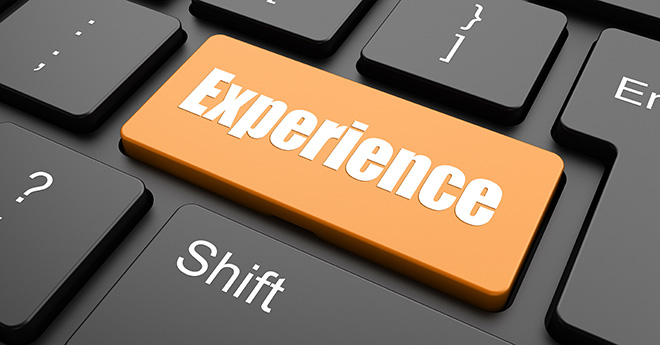
I’ve learned a lot since I started marketing online in 2004. But there have been a few core lessons that have made the biggest difference in how I approach online marketing, and the results I’ve been able to achieve. Here are the top 10 lessons I’ve learned over the years…
1. Never pay for impressions
The old school method of advertising was paying for your ad to appear in front of your prospects (think magazines, newspapers, radio and TV). It’s how online advertising started out as well, before search engine advertising came onto the scene. You’d place a banner on websites your prospects visited, and you’d pay a fee every time your ad appeared. You can still advertise this way.
The problem is, only a small percentage of people who see the ad are interested enough in what you’re advertising to actually respond to it, which means that you’re throwing away money advertising to people who aren’t interested at all. And when you waste advertising dollars like that, your return-on-investment is a fraction of what it could be.
One of the reasons that Google is so successful today is because they changed the way advertising was sold. Rather than paying every time somebody saw your ad, now you only paid when somebody clicked your ad. That meant that you’d only pay for people who were actively interested in what you were selling. And that meant a far better return on investment because your advertising dollars were only spent on people who were so interested that they clicked on your ad.
Most other advertising networks have since followed suit, as Google captured an increasingly greater share of the advertising market.
What most people forget is that even with a pay-per-click model, you still have the side benefit of ‘free’ impressions because people see your ad even though they haven’t clicked on it. It’s just that the primary focus is on conversions, and secondary on impressions.
2. Your conversion rate defines your success online
I’m still often surprised at how few business owners know what a website conversion rate is, and how it relates to your success online. Often times you might hear someone say ‘I’ve tried Adwords… it doesn’t work for my business’, when often times it’s that their website conversion rate wasn’t high enough to make advertising profitable.
Let’s take a quick look at the numbers to see why…
You’re advertising on Google Adwords. The cost for one of your top keywords is $5 per click. If your website converts 1% of those clicks into sales, your cost per sale is $500 (ie 100 clicks x $5 per click).
The problem is that if you don’t earn at least $500 profit from that sale, you won’t be able to continue advertising. On the other hand, if your website converts 5% of those same clicks into sales, your cost per sale has been brought down to $100 (ie 20 clicks x $5 per click). Or in other words, 5x more sales for the same ad spend.
One of the best ways of dominating your competition online is to convert clicks at a higher rate than your competition, because it means you can outspend them on advertising and still make more profit (allowing you to capture the lion’s share of the market).
For example, if you’re converting clicks at 5% and your competition is converting them at 1%, you can spend 5x as much per click and still make the same amount of profit.
See the power?
3. CPA is more important than conversion rate
Even though I’ve just spoken about the importance of your conversion rate, it’s not the most important metric you should be measuring. Far more important is your CPA (Cost-Per-Acquisition) of a new lead or sale.
Your CPA is the amount you pay for a lead or a sale, and it’s dependent on the amount you pay for traffic.
For example, let’s say you’re advertising on Adwords and you’re paying $5 per click with a 10% conversion rate. That means your CPA is $50 (ie $5 x 10 visits). Facebook advertising costs less than Google but also usually converts at a lower rate than Google. If Facebook Ads cost $1 per click, you only need a 2% conversion rate to achieve the same CPA as Google Adwords (ie 50 visits x $1 per click). So even though the cost-per-click and conversion rate are both lower, the CPA is the same.
As you increase the number of places you advertise your business, the cost and quality of the traffic changes, but you can always compare ad network performance by comparing your CPA.
As long as you know the maximum amount you can afford to pay for your CPA, and you’re converting traffic at a lower rate than that, you can advertise your business wherever there’s the possibility of quality traffic (and there are more places than you know).
4. The more you pay per click, the higher the conversion rate
This one is counter-intuitive. Often times it seems that to achieve a better return on investment (ie lower CPA) you need to reduce the amount you pay per click, but the inverse is often true.
By paying more per click than your competitors, your ad appears higher up in the ad rotation (whether it’s Adwords, Facebook or Display) and you get the highest quality traffic, which usually converts higher.
If you have the right targeting for your ads but the CPA is too high (ie they aren’t converting high enough for you to make a profit), you might be better off increasing how much you’re paying per click so your ad appears higher than your competition.
For example, if you’re advertising on Google Adwords and you’re not in the top 3 positions, you might be getting the price shoppers who go through all of the advertisers to find the best price. Whereas if you were in the top 3, you are more likely to get those serious about making a decision now, and have a bigger budget to invest.
The same goes for Facebook advertising and other cost-per-click advertising where the advertiser that pays the most gets positioned in the highest value locations, and displayed to the highest quality traffic.
5. Generating a volume of conversions is hard… and it’s ALL about volume
It’s easy to have a good CPA when all you need is one conversion per month. It’s a lot harder to do when you want 100 or 1000 conversions per month.
Why?
Because when you only need a small volume of leads, you can focus your budget on the most targeted advertising you can – advertising that is so specific that only an actual buyer would fit into the targeting.
The problem is that there isn’t a lot of traffic at this level of targeting, which means that if you want to increase the volume of conversions you need to start ‘widening the net’ and broadening how you target your advertising.
And the broader you go, the harder it is to convert traffic because people are all at different stages of the buying cycle.
To drive volume you need to have a multi-step conversion strategy with different funnels for prospects at different stages of the buying cycle. Which leads me to my next lesson…
6. Advertising on Google Adwords doesn’t make you a good marketer
It’s easy to think you’re marketing your business well online because you’re generating new business through Google Adwords. But it’s actually a false reality.
Why?
Because people who find your business from a Google search are already very far down the conversion funnel (ie close to a sale), and the search is usually one of the final steps in the process.
They don’t need to be sold on your service (as they’re already searching for it), they’re ready to talk price, and they actually want to hear about your company. This is one of the main reasons why Google is as successful as it is today.
With Google Adwords (and any search engine advertising for that matter), most of your job has been done for you. All you need to do is have your business appear when prospects are searching for what you sell, have a landing page that effectively communicates your offering, and you’ll get a steady stream of new business coming your way.
So why is this a false reality?
Because you’re quickly limited by the traffic available on Google, and you’re only able to convert people who are actively looking for what you sell. You can’t make any other source of traffic profitable because you can’t convert people that aren’t actively searching for what you sell. You’re stuck with Google Adwords, you’re at their mercy, and you’ll be quickly limited in the amount you can grow.
The other problem is that most of your competition also relies on Google’s high-converting traffic to grow their business, which means the click-costs are steadily being pushed higher until it will soon become very difficult to advertise on Google and make a profit.
A solid online marketing strategy is a multi-channel strategy that incorporates social media advertising, search engine advertising, display advertising, mobile advertising, native advertising, email marketing, remarketing, SEO, conversion funnels, and constant experimentation.
When you rollout an effective online marketing strategy, you’ll never be limited by one traffic source and you’ll be able to grow your business faster than you ever thought possible. Plus it ensures that you’re easily able to adapt your advertising to the rapid changing online world.
7. Don’t rely on just one traffic source
In the last lesson I talked about Google Adwords. In this lesson I am talking about any traffic source that you currently rely on for all of your new business.
Maybe it’s SEO, maybe it’s Adwords, maybe it’s social. It doesn’t matter what it is. If you rely on one traffic source for your new business you are putting all of your ‘growth’ eggs in one basket. And if that traffic source happens to dry up one day, then you’ll be left scrambling to figure out a way to replace that traffic source.
Don’t think this can happen to you?
Here are a few examples of where this has happened in the past…
Thousands of business owners relied on top Google rankings as their main source of new business. They grew their business, hired staff and built their company around the new business coming in from their SEO. Then when Google made a number of massive updates to their ranking formula (Penguin and Panda), many of those same business owners saw their new business dry up overnight.
Back in the day, Google Adwords used to cost 5c per click. Then they introduced Quality Score and click costs shot up to more than $1 overnight. You can image what that did to their CPA.
Or popups, that used to work really well (even though they were super frustrating) until all Internet browsers (like Firefox, Chrome and Internet Explorer) blocked popups by default.
The one certainty with online marketing is everything that works today will change.
The other is that as long as there are free services online (eg social networks, search engines, media sites etc) there will be advertising funding it. And if you can pay for traffic and convert it, regardless of the source, you’ll be unstoppable for years to come.
With that in mind you should have the aim of having at least 2 different advertising channels that drive new business at any one time, 3 would be better. That way, if one dries up (for whatever reason) you can increase your spend on the others so your business isn’t affected.
Need a competitive advantage? A multi-channel marketing strategy is one of the best competitive advantages you can have.
8. Email marketing is the ultimate force multiplier
A force multiplier is a military term that describes the increased effectiveness of a particular tactic when combined with one or more other tactics. For example, if by using GPS, a force can achieve the same results as a force 5x the size without GPS, then the force multiplier of GPS is 5.
Email marketing is like the GPS force multiplier in the example provided above. When combined with any form of online marketing, email marketing multiplies the results you achieve.
For example, if you were getting 10 leads per month from a particular traffic source without email marketing, you could generate 20 leads per month from the same budget if you use email marketing effectively.
When you really start to take full advantage of email marketing, the performance improvements you’ll achieve from your online marketing can be significant.
9. Be the market educator
If you really want to differentiate your company from your competition, you need to position yourself as the market educator.
By educating your prospects on how to solve problems they’re facing, how to buy better, or how to understand your industry better, you position yourself as their trusted adviser. And that is a position that’s hard to compete against.
And you can’t fake this one. You can’t share two-bit ideas to just tick a box. You really need to figure out the biggest challenges your prospects are facing and then help them for free. The more value to give them up front (without asking for anything in return), the stronger your positioning in the market.
The biggest piece of advice I can give you is to not hold anything back. Don’t let fear stop you from sharing your very best information – share it with your prospects and see what comes back.
10. Never be satisfied with your results
It’s really easy to get complacent with average results, never knowing how much more you could achieve.
I remember one campaign I launched where the conversion rate on the first version of the landing page was 10%. I was happy with the results but wanted more.
In a period of about 4 weeks of testing various changes to the landing page, I was able to increase the conversion rate to 50%, or 5x as many conversions from the same advertising budget.
If I had stopped at the first landing page (which was converting okay), I would have had one fifth of the leads instead… and that made a massive difference to the success of the campaign overall.
This is an example of just one part of one campaign. There are literally dozens of areas you can focus on improving. From the targeting of your ads, to the ad text, to the landing page, the source of traffic, the offer you make, the emails you send… the list goes on.
As long as you’re continually looking for new and better ways to convert traffic at a higher and more profitable rate, you’ll achieve results most people would never dream of.
It’s about methodology…
Most of the lessons I’ve just shared are more about methodology than they are about tactics. The reason being that methodology will stay with you forever while tactics will change all the time (especially in the online marketing world).
I’ve learnt these lessons over the last 10 years, spending millions of dollars in online marketing and conversion optimisation. They work and they work well.
If you can integrate these lessons into how you approach your online marketing, you’ll grow your company faster than you ever thought possible.





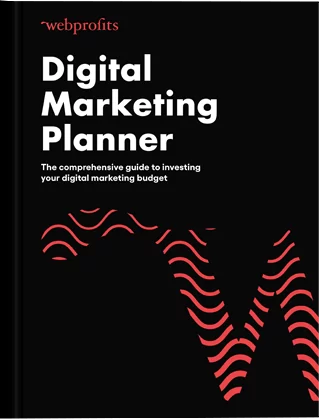
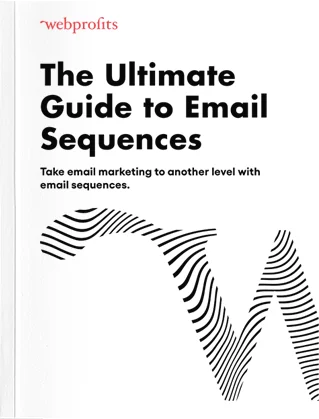
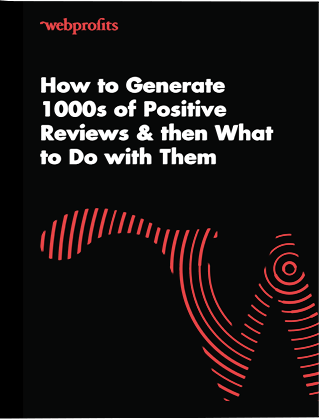
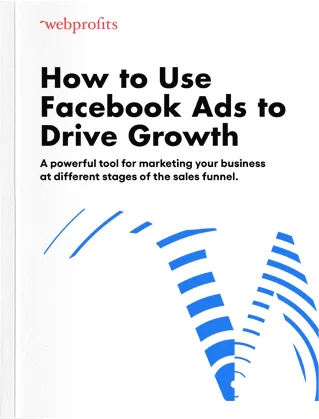
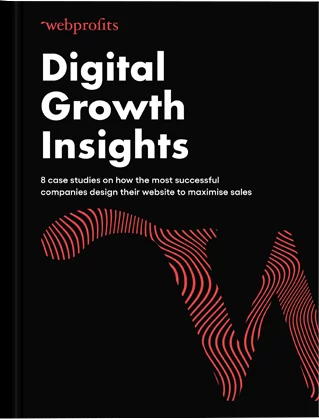
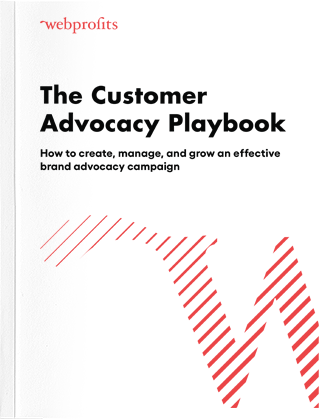
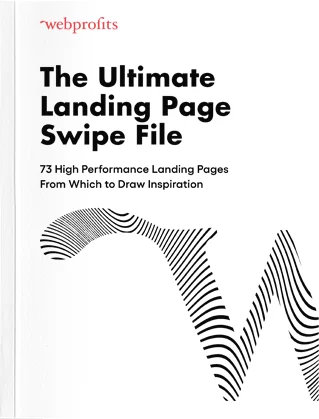

Wise words Alex. I always learn a heap from your posts so thank you for sharing your knowledge & experience so openly. Cheers.
These are fantastic tips for any small company trying to increase their online conversions.
Excellent article and gave me some insights and ideas on my marketing strategy.
Excellent tips and insights. I’ve found each of these to be true as well in my online journey.
Some great advice Alex, this is a well written article, thanks for sharing
Nicely researched and then served to the audience. Not all bloggers do this. Thanks for delivering the genuine information.